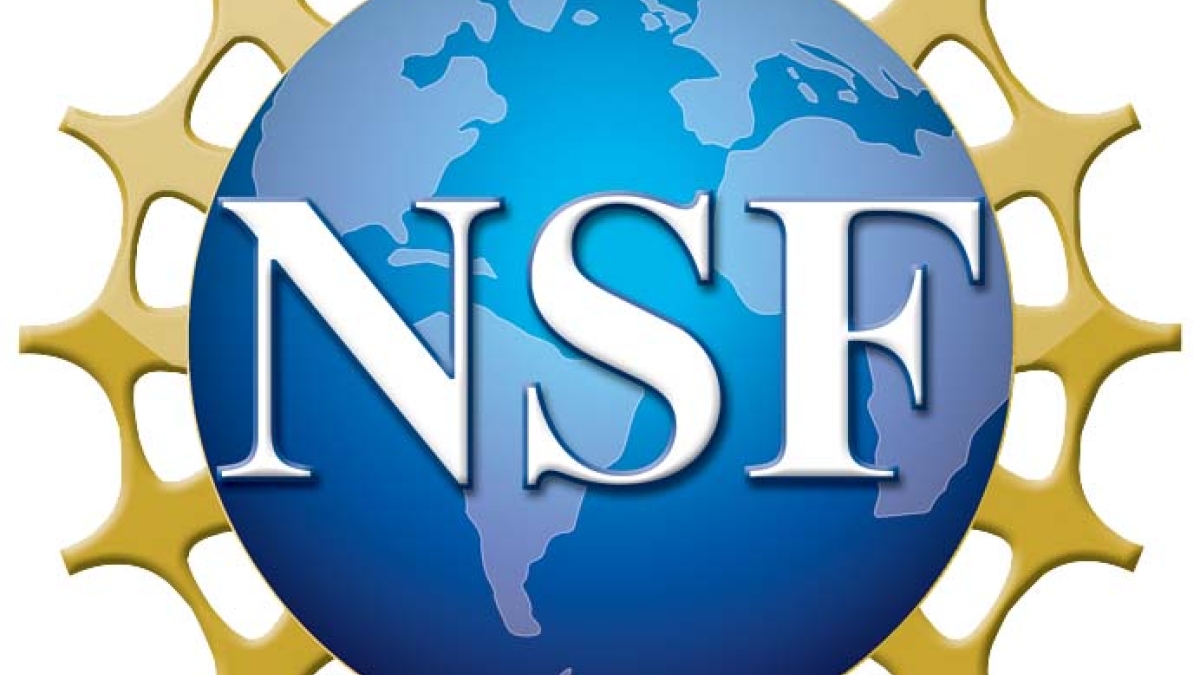ASU sustainability scientists study climate change impacts, disease with NSF support

Home to more than 300 members and bridging nearly every discipline, the Sustainability Scientists and Scholars program at ASU's Julie Ann Wrigley Global Institute of Sustainability is focused on finding solutions to the most pressing problems of the 21st century.
Demonstrating the caliber of research the institute supports, four members of the program recently received substantial awards from the National Science Foundation totaling more than $5 million.
The NSF-awarded research projects include:
Megacity vulnerability
Megacities are considered hotspots of climate change vulnerability. Though most models cite climate change itself as the primary cause of vulnerability, the uncoordinated human response to this change is often equally culpable.
Senior sustainability scientist Hallie Eakin, with an interdisciplinary team from ASU and the National Autonomous University of Mexico, seeks to reveal the cumulative effect of human response on megacity vulnerability.
Stationing itself in Mexico City, the team will assess how the population's influence on urbanization patterns and water infrastructure affects flooding, water scarcity and water-borne disease scenarios. The resulting dynamic modeling tool, called MEGADAPT, will enable water managers to test the effectiveness of risk management strategies and improve their adaptation plans.
The team expects that the MEGADAPT tool will have application in other megacities struggling with climate change vulnerability as well.
Trade-related diseases
Though world trade is responsible for the spread of many animal and plant diseases, it is a key component of the global economy. For this reason, it is important that it not be disrupted by ineffective cautionary measures.
Charles Perrings, Ecoservices Group director in the School of Life Sciences, endeavors to balance the disease risks and economic benefits of trade. He does so with an interdisciplinary team of mathematicians, ecologists, plant pathologists, environmental and resource economists, and computer scientists.
In order to increase understanding of trade-related diseases, the team will pool extensive research and develop a virtual laboratory. Decision-makers at the local, national and international levels will interact with the laboratory using a Web-based interface, which will enable them to evaluate the effectiveness of risk management strategies.
As a result, both biosecurity and economic well-being will be better served.
Soil communities
Like many regions, the Antarctic Peninsula is experiencing rapid environmental changes. These changes influence the peninsula’s inhabitants, including the soil-dwelling microscopic organisms about which scientists know little. Because these organisms are responsible for critical processes, such as nutrient recycling, it is important to understand how they are impacted.
Becky Ball, an assistant professor in the New College of Interdisciplinary Arts and Sciences, is leading a team that will examine soil communities along the Antarctic Peninsula, uncovering how they change with varied conditions from north to south.
By understanding how factors like plant cover and climate influence these communities, the team can predict how they will respond to changes such as climate warming and invasive species.
Resilience and crises response
Resilience – simply put – is an approach to crisis response that improves preparation, planning, absorption, recovery and adaptation. Though a buzzword in many sectors, the theory and analytic tools associated with resilience are largely misapplied or misunderstood. As a result, planners may revert to avoiding losses through risk analysis, a historic approach that has been proven problematic.
Recognizing that a generalized understanding of resilience is needed for the approach to be more widely applied, a team led by Thomas Seager, an associate professor in the School of Sustainable Engineering and the Built Environment, seeks to do just that. After uncovering the adaptive actions, ideas and decisions that contribute to resilience, the team will develop models that simulate approaches to crisis response.
It is the team’s expectation that those who interact with the resulting computer-based environment, having observed simulated successes and failures, will gain an accurate understanding of resilience and be better equipped for future crisis response.